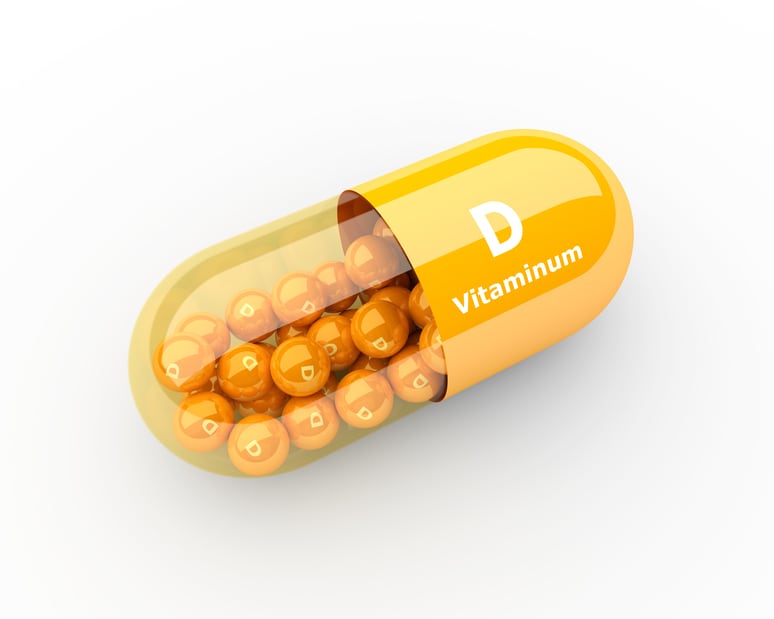EFSA’s DRV Finder is intended to accompany and/or replace PDF statistic reports in a move to streamline the process of retrieving, accessing and downloading data.
“Health professionals and authorities use Dietary Reference Values (DRV) to help consumers make healthy food choices,” said Agnès de Sesmaisons Lecarré, from EFSA’s nutrition unit.
“We hope they will find our DRV Finder an invaluable tool in carrying out this essential work.”
The DRV Finder operates by searching population group or nutrient. Users are able to extract and combine relevant information from the 32 opinions on DRVs that EFSA has published in recent years.
The opinions contain DRVs for water, fats, carbohydrates and dietary fibre, protein, energy, as well as 14 vitamins and 13 minerals.
‘Not intended for consumers’

Commenting on the launch of the tool, Valeriu Curtui, head of EFSA’s nutri unit said, “The tool is intended for many users such as policymakers, nutrition and health professionals as well as for scientists, who may need to find these DRVs from EFSA.
“The tool is not intended for consumers as they should follow the national recommendations. It is aimed at national authorities to transpose these DRVs into nutritional recommendations.”
DRVs are developed for different population groups and are based on different nutrient requirements for speed of growth, change in endocrine status, such as in puberty, and differences in nutrient absorption or body functions, such as renal function.
Specific needs during pregnancy and lactation are also considered. Hence, DRVs are developed for different life-stages and gender groups, and for different age ranges. For each nutrient, the target populations are set on a case-by-case basis, depending on the available data.
Quick, easy reference
“It’s a wonderful tool that helps to quickly find the DRVs recently published by EFSA,” added Dominique Turck, chair of EFSA’s nutrition panel. “Either you can get it per nutrient or per target population.
“As a medical doctor, I would emphasise the help for the health professionals, especially dieticians. It will be very helpful for them, to find these DRVs quickly and help patients on an everyday basis.”
The full scientific opinions on DRVs for energy, water, macronutrients and dietary fibre, and for micronutrients (except upper intake level (UL)), have been compiled in a special issue of the EFSA Journal.
The data that EFSA used for calculating nutrient intakes among different age groups in European countries is stored in the agency’s Food Composition Database and Comprehensive European Food Consumption Database.




